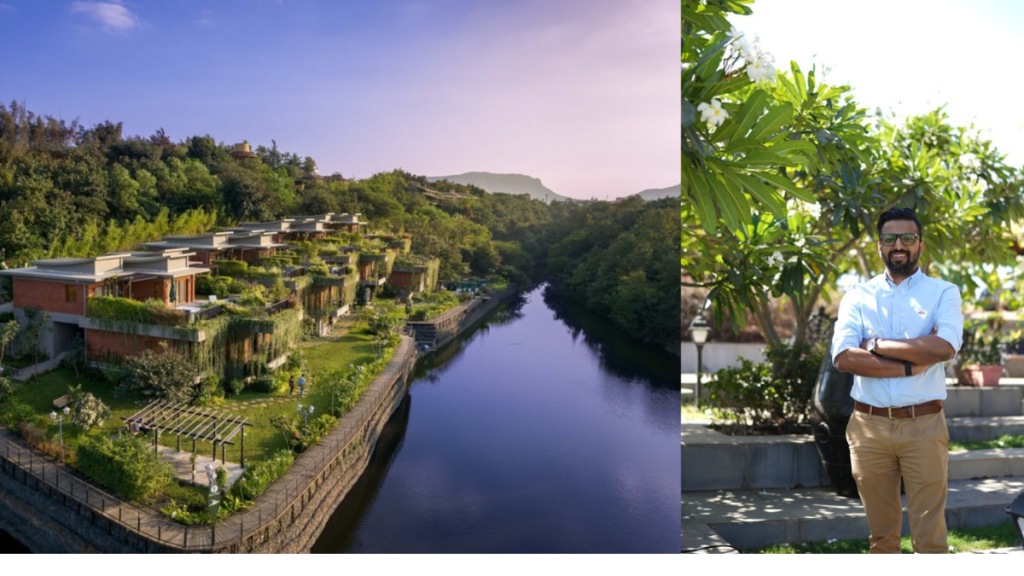Founded in 1985, Green Spaces was built on the idea of integrating sustainability into real estate development. With a focus on biodiversity conservation, efficient land use, and self-sufficiency, the company has worked to create spaces that balance environmental responsibility with modern needs. In this interview with Tejas Chavan, Director, Green Spaces, talks about the vision behind Green Spaces, its approach to sustainable development, and the challenges of promoting eco-friendly real estate.
What was the vision behind founding Green Spaces in 1985?
Green Spaces was established with the objective of integrating sustainability into real estate development. The focus has been on creating living spaces that balance environmental responsibility with modern needs. The approach emphasizes biodiversity conservation, self-sufficiency, and efficient land use.
How does Green Spaces integrate sustainability into its projects?
Green Spaces incorporates sustainable design principles by optimizing natural resources such as air, water, and soil. Projects include energy-efficient structures, water conservation systems, and responsible land management practices.
How are your eco-retreats different from conventional hospitality projects?
Eco-retreats such as Grape County and Viveda Wellness Village are designed to incorporate natural landscapes and conservation initiatives into hospitality. Grape County, for example, is located within a 300-acre biodiversity park with tree plantations and water conservation efforts. These projects integrate resource efficiency and local community engagement.
How does the concept of Vasudhaiva Kutumbakam influence your developments?
The principle of Vasudhaiva Kutumbakam, which translates to “The world is one family,” is applied by incorporating biodiversity parks, organic farming, and water conservation initiatives. The objective is to create spaces that allow for coexistence between people and the environment.
What are the key sustainability features of Viveda Wellness Village?
Viveda Wellness Village incorporates eco-sensitive architecture using locally available materials such as basalt stone and timber. Open courtyards and natural ventilation reduce reliance on artificial cooling. The project follows resource efficiency practices, including sustainable food sourcing and waste management.
How does Grape County contribute to conservation?
Grape County has converted 300 acres of previously unused land into a biodiversity park with tree plantations, water conservation measures, and waste management systems. The site includes rainwater harvesting infrastructure and supports local farmers and artisans through various initiatives.
What role does organic farming play in your projects?
Organic farming is integrated into project planning to promote sustainable agricultural practices. The farm-to-table model is used in hospitality projects, sourcing produce from local farmers and supporting traditional farming techniques.
How do your projects engage with local communities?
Green Spaces employs local workers and provides training in areas such as sustainable farming and hospitality. Procurement of raw materials and food supplies is sourced from nearby communities. Local artisans are provided with platforms to sell their products.
What challenges do you face in promoting sustainable real estate?
Adoption of sustainable real estate practices faces challenges such as higher initial costs, material sourcing, and market perception regarding feasibility. Educating buyers and investors on long-term benefits remains a key focus area.
What are the future plans for Green Spaces?
Green Spaces is expanding into Nashik, Vaitarna, Igatpuri, Mhasurli, and Waldevi, focusing on developments that integrate sustainability with residential and hospitality projects. Future plans include further optimization of resource use and expanding conservation efforts.

